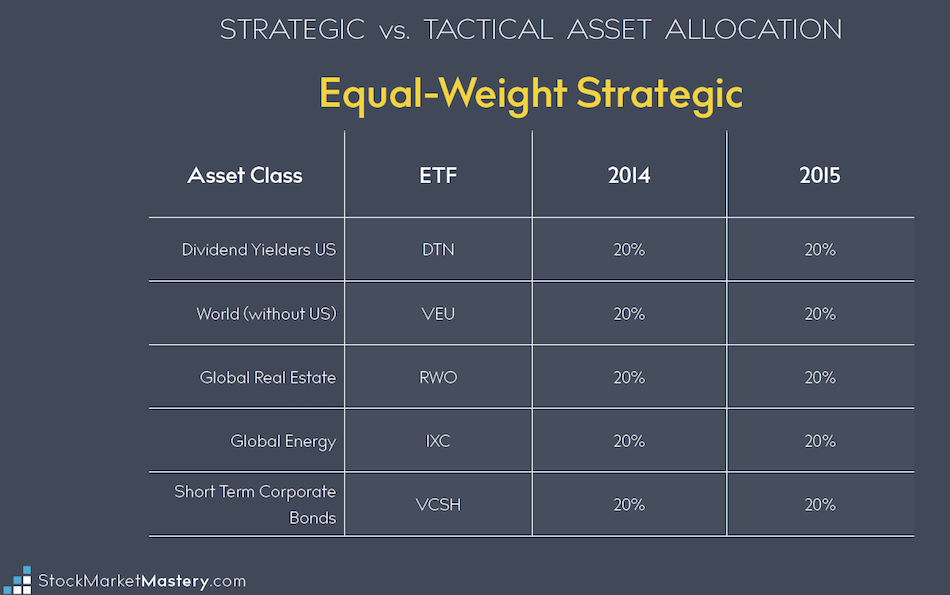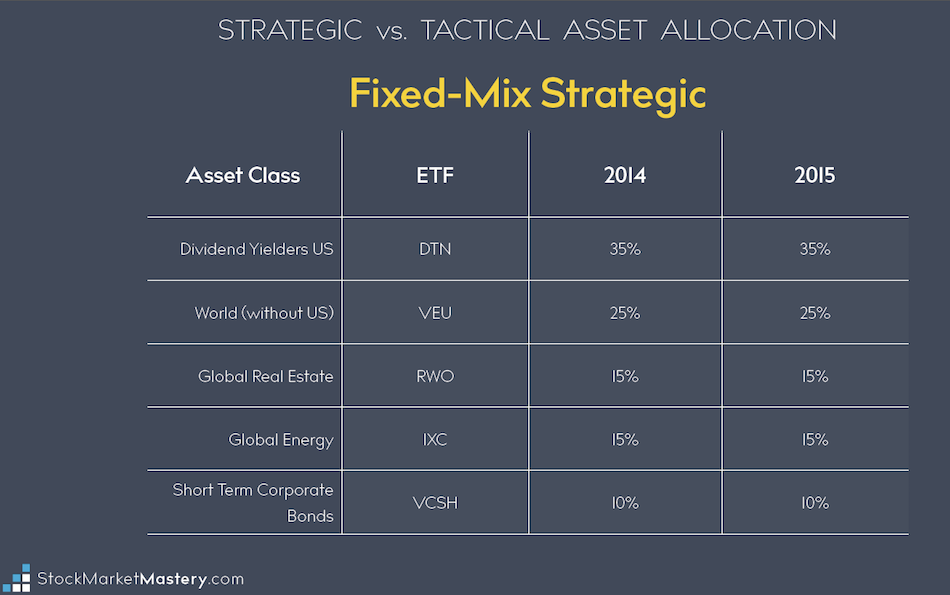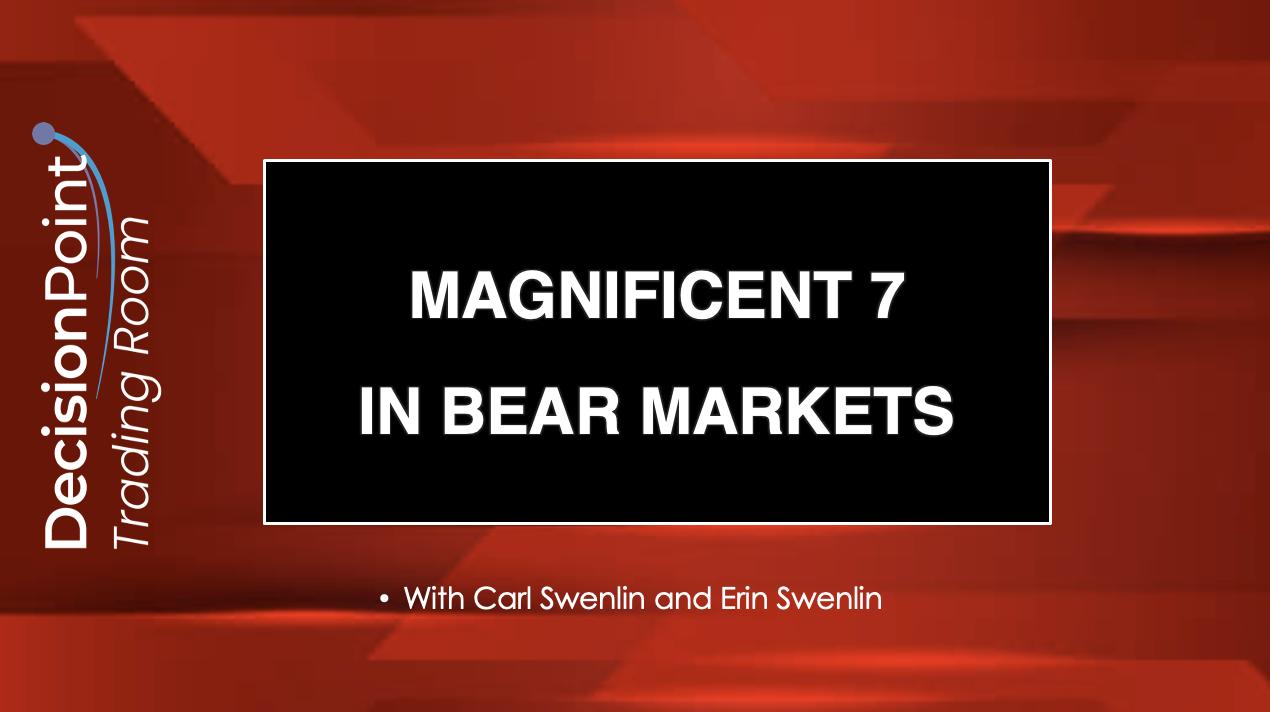 How can I be energized after teaching a six-hour workshop? When investors appreciate the message, their enthusiasm is like jet fuel. Partly, I assume that contagious enthusiasm is what I love about the stock market in general. In any event, Chip Anderson, Grayson Roze and I presented our Asset Allocation seminar this past Saturday to a roomful of investors, some of who had travelled thousands of miles to be there. According to the feedback, we did not disappoint. The DVD should be available early next year.
How can I be energized after teaching a six-hour workshop? When investors appreciate the message, their enthusiasm is like jet fuel. Partly, I assume that contagious enthusiasm is what I love about the stock market in general. In any event, Chip Anderson, Grayson Roze and I presented our Asset Allocation seminar this past Saturday to a roomful of investors, some of who had travelled thousands of miles to be there. According to the feedback, we did not disappoint. The DVD should be available early next year.
I thought I’d carry this inspiring energy over to my blog this week. We presented nearly 200 slides throughout the day, so please understand that I am picking only three out of the haystack to share with you. A number of attendees recalled previous blogs where I insisted that novice investors must make the effort to understand the language of the market. In other words, you best learn the difference between a market order versus a limit order or the stock market will take you to school and charge you tuition. Similarly, in books, articles and discussions about asset allocation, a number of key terms are bandied about. It’s important that you understand what they mean. Here are three examples.
The graphic below has five asset classes, and each one is represented by an appropriate ETF. Imagine this is someone’s asset allocation profile (which it is not). There are two things to notice in this “Equal Weight Strategic” profile. One is that assets are equally distributed (20%) in each of the five asset classes. The second is that from 2014 to 2015, the distribution stays the same at 20% in all five classes. The investor in this case has made a strategic decision to allocate and maintain an equal weight to the five asset classes. The investor’s key responsibility now is to rebalance the assets every six months or so to maintain that 20% allocation. Pretty straightforward money management.

In the second example, the same five asset categories exist, but notice here the strategic decision allocates very different percentages to each of the five asset classes. This fixed mix allocation is, however, similar to the equal-weight profile because the investor’s job is one of regularly rebalancing the five asset classes to maintain the strategic percentage allocation year over year.

The third example once more maintains the same five asset classes, but here those allocations are changed as market forces change. For 2014, the funds are allocated in completely different percentages amongst the five classes based on the investor’s future vision. Then in 2015, the investor makes a number of tactical decisions which reallocates funds on completely different percentages, reflecting the tactical belief that both Global Real Estate (RWO) and Global Energy (IXC) will be the two most profitable asset classes. Here, the investor has rebalanced accordingly based on these tactical decisions and overweighted those asset classes with the expectation of bumping up their performance. Clearly, there is much more actual investment management required in the third scenario and some sophisticated decision making required, but the investor believes he will add value to his performance at year-end.

I hope these three basic examples shed some clarity on the very broad and important topic of constructing your personal asset allocation profile. For those of you that were unable to attend Saturday’s seminar, we did record the event and are now in the process of producing it as a DVD. We expect the DVD to be available in the coming months along with a bonus flash drive containing all of the slides. For those of you interested in purchasing the Asset Allocation DVD, I will be sure to announce its release here on my Traders Journal blog. Stay tuned!
Trade well; trade with discipline
-- Gatis Roze, MBA, CMT
Developer of the StockCharts.com Tensile Trading ChartPack.
Presenter of the Tensile Trading DVD, Stock Market Mastery.
P.S. Click HERE for information on my future appearances & seminars.






